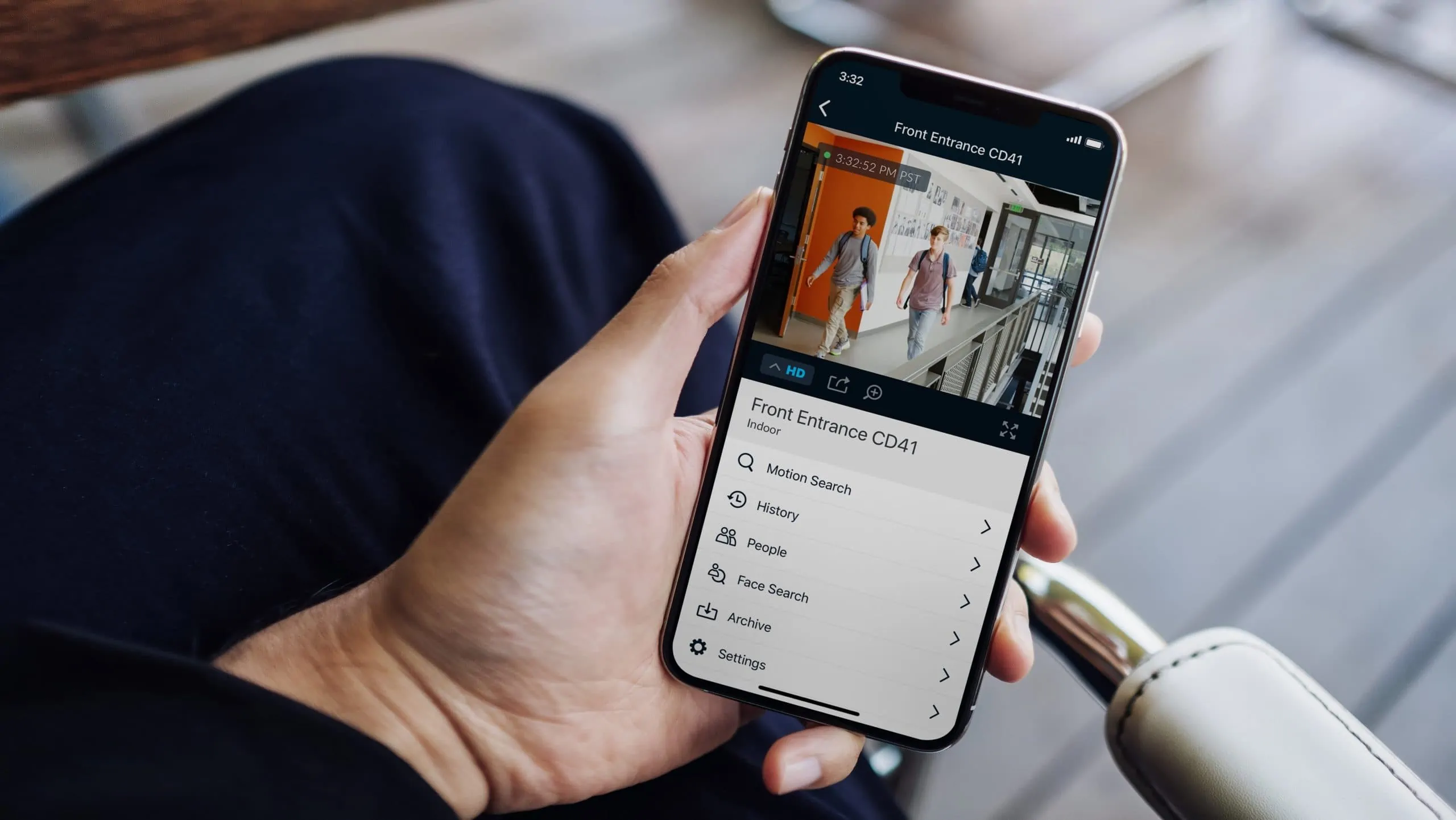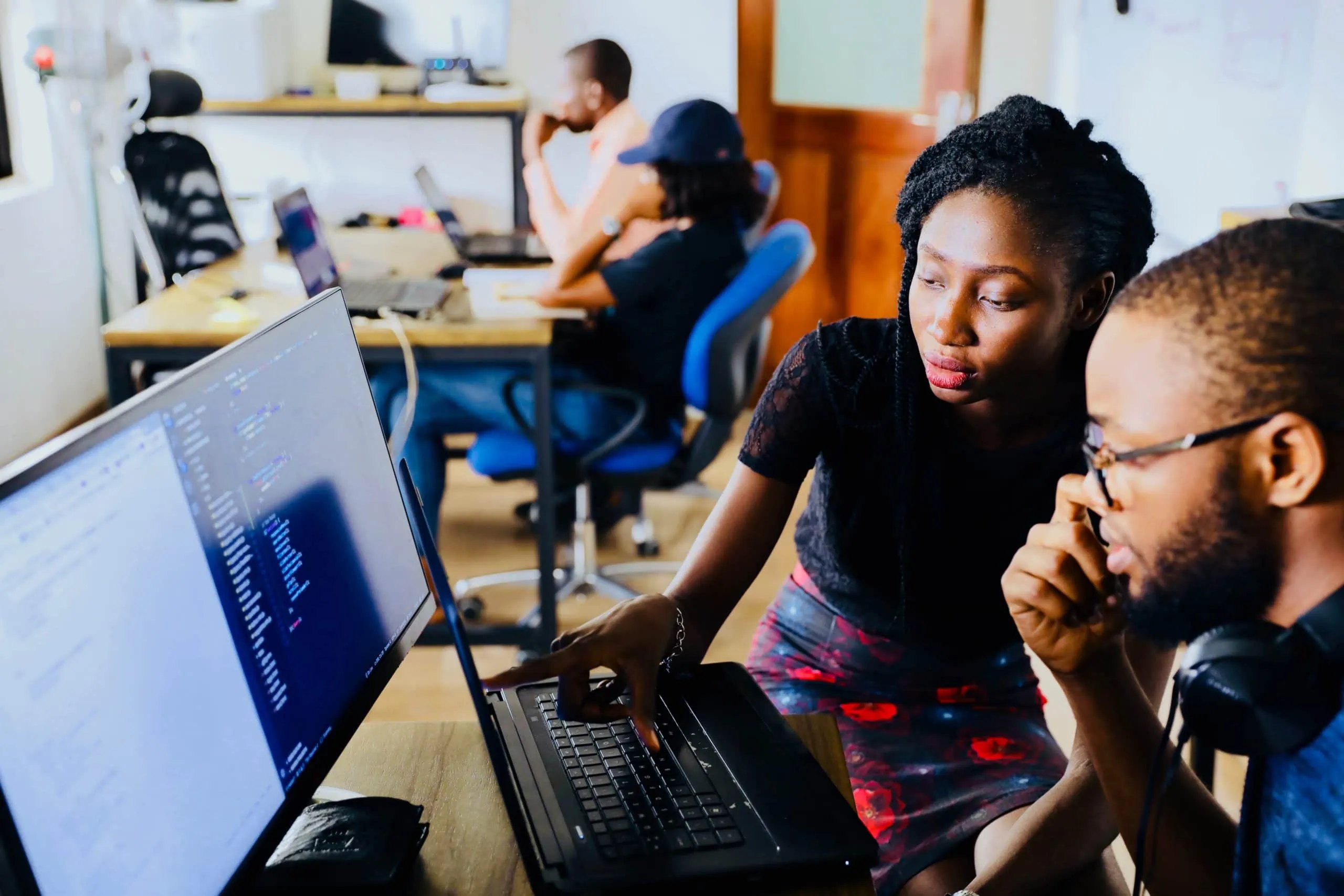Your cart is empty.

COVID-19 Contact Tracing in Schools
Regardless of the fact many states continue to see record numbers of new COVID-19 cases each day, there is a concerted effort fo covid 19 contact tracing in schools to reopen by the fall. However, many schools have hundreds of students and employees, raising questions about how they will be able to operate following federal guidelines.
This seems to a major headline right now.
Although Education Secretary Betsy DeVos said that “schools must reopen, and they must be fully operational,” public-health officials have warned that reopening too soon could lead to further outbreaks.
Even when schools do resume in-person classes, things will look a lot different than what we’re used to.
Consideration for Schools
The Center for Disease Control (CDC) offers consideration for ways in which schools can help protect students, teachers, administrators and staff and slow the spread of covid 19 contact tracing in schools. Schools can determine, in collaboration with state and local health officials and to the extent possible, whether and how to implement these considerations while adjusting to meet the unique needs and circumstances of the local community for covid 19 contact tracing in schools.
According to the American Academy of Pediatrics (AAP), any school re-entry policies should consider the following fundamental principles:
School policies must be flexible and agile in responding to new information, and administrators must be willing to refine approaches when specific policies are not working.
It is critically important to develop strategies that can be revised and adapted depending on the level of viral transmission in the school and throughout the community and done with close communication with state and/or local public health authorities and recognizing the differences between school districts, including urban, suburban, and rural districts.
Policies
Policies should be practical, feasible, and appropriate for children and adolescents developmental stages.
Special considerations and accommodations to account for the diversity of youth should be made, especially for our vulnerable populations, including those who are medically fragile, live in poverty, have developmental challenges, or have special health care needs or disabilities, with the goal of safe return to school.
Protecting the Children
Pediatricians, families, and schools should partner together to identify and develop accommodations when needed collaboratively.
School policies should be guided by supporting the overall health and well-being of all children, adolescents, families, and communities.
These policies should be consistently communicated in languages other than English, if needed, based on the languages spoken in the community, to avoid marginalization of parents/guardians who are of limited English proficiency or do not speak English at all.
Implementation should be guided by what is feasible, practical, acceptable, and tailored to the needs of each community. One such consideration schools should implement is, contact tracing.
What Is Contact Tracing
Health departments use contact tracing to prevent the spread of infectious diseases. For covid 19 contact tracing in schools, this includes asking cases to isolate and contacts to quarantine at home voluntarily.
Contact tracing for COVID-19 typically involves:
-
Interviewing people with COVID-19 to identify everyone with whom they had close contact during the time they may have been infectious,
-
Notifying contacts of their potential exposure,
-
Referring to contacts for testing,
-
Monitoring contacts for signs and symptoms of COVID-19, and
-
Connecting connections with services they might need during the self-quarantine period.
Contacts should monitor themselves by checking their temperature twice daily and watching for symptoms of COVID-19.
This practice—implemented by a robust workforce and bolstered by digital tools—will be central to safely reopening U.S. schools and businesses, according to a recent report by the Johns Hopkins Center for Health Security. In this Q&A, Crystal Watson, DrPH lead author of the report, explains why technology is vital to contact tracing efforts and how it might work.
COVID-19
Monarch in the Time of COVID-19
Many schools scheduled for re-opening are taking the necessary precautions to avoid the spread covid 19 contact tracing in schools.
Aimed towards enabling organizations and schools to prepare for and respond to COVID-19. Monarch’s COVID-19 Response Suite leverages Monarch’s powerful edge-based computing capabilities.
Monarch’s COVID-19 Response Suite includes:
Motion Plotting
Real-time motion displayed as a heatmap, enabling teams to know where to monitor activity.
Crowd Notifications
Instant alerts for when cameras detect a number of people in-frame that meet or exceed a predetermined threshold.
Contact Tracing with Face Search
Search relevant footage containing a match for a person’s face—even while wearing a mask—to detect affected individuals.
People Heatmaps
A view of historical people-based activity to distribute locations prone to crowding and enhancing cleaning and sanitation.
Custom Schedules
Manage a return-to-work plan with custom schedules, giving employees access to the building and specific doors at certain times.
Get your COVID-19 Response Suite and be ready to re-open for classes in the fall.
Updated: Oct 29
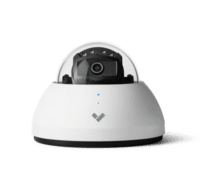
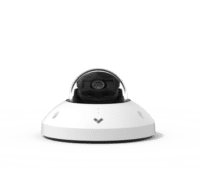
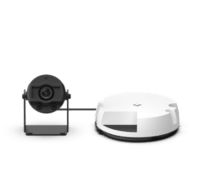
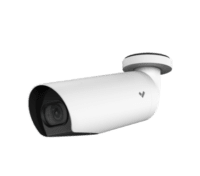
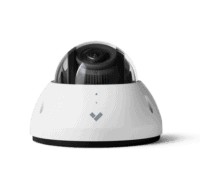
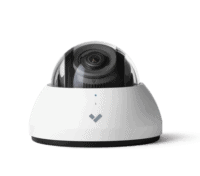
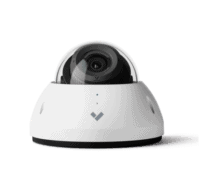
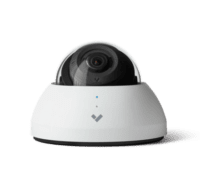
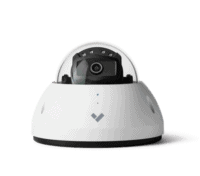

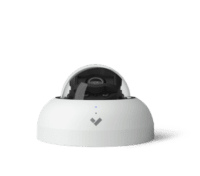
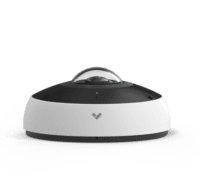
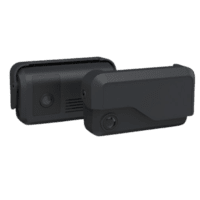
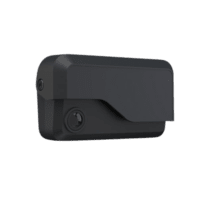
 Courtney Durler
Courtney Durler
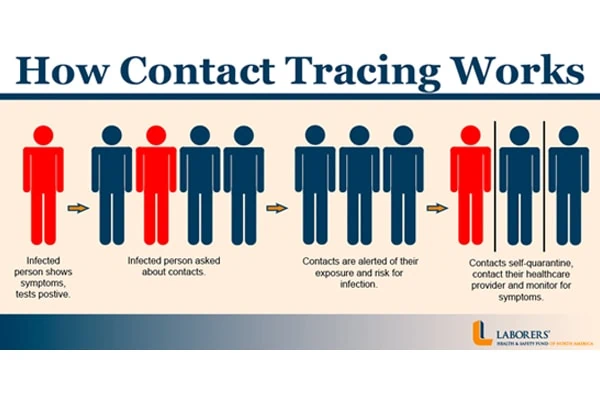
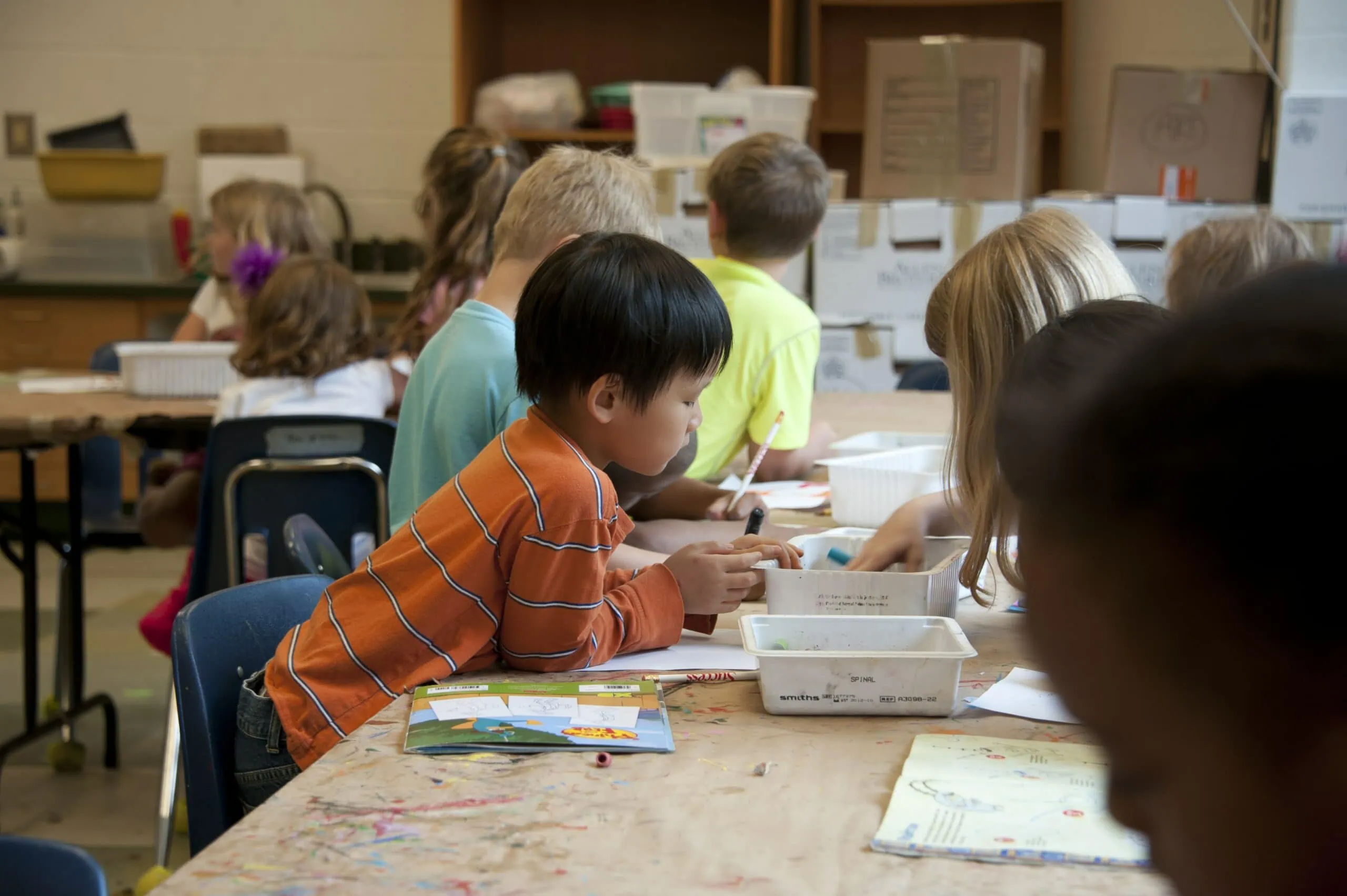
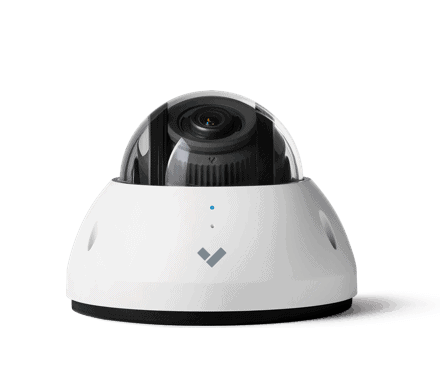 Jon Jones
Jon Jones